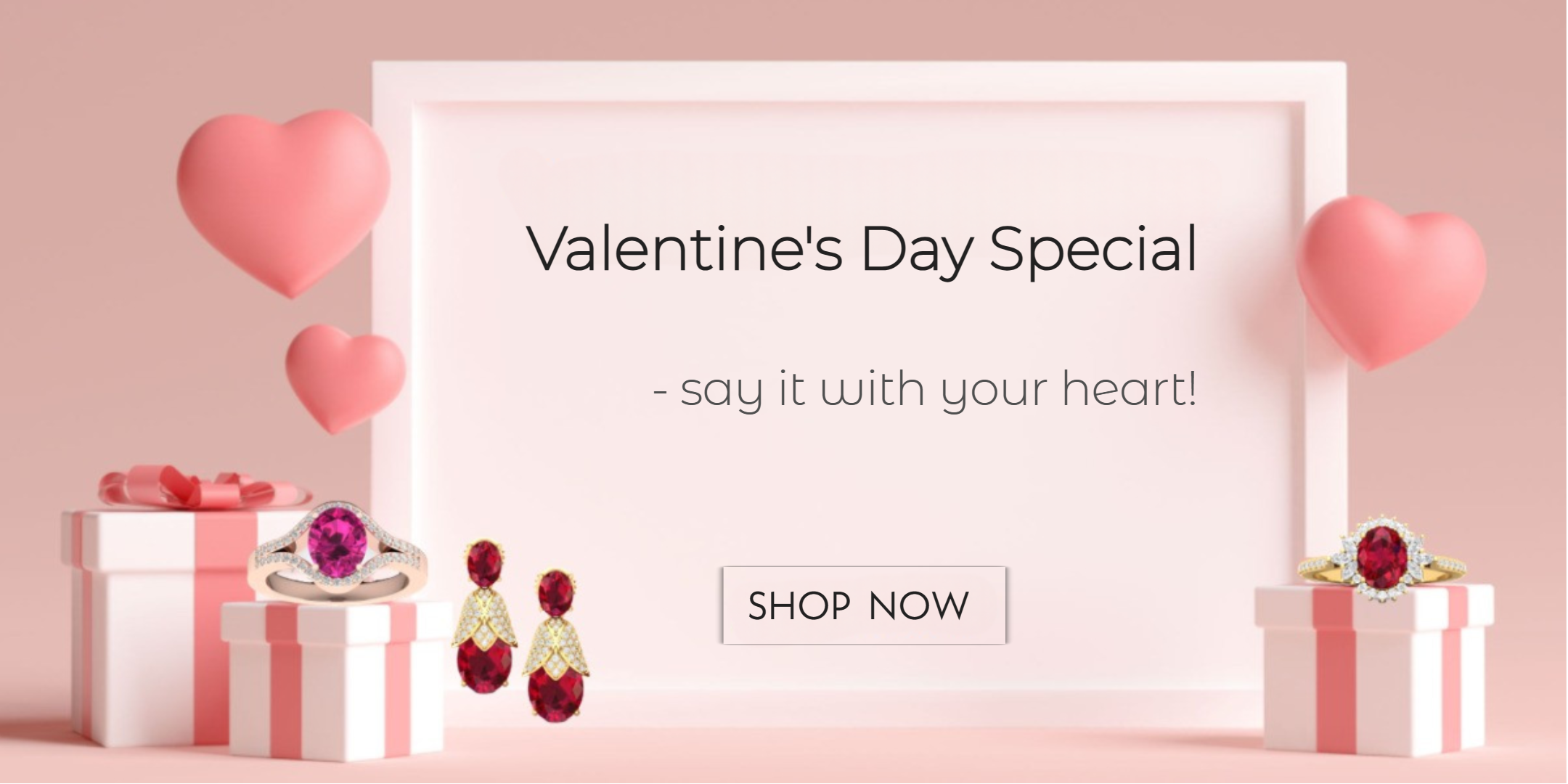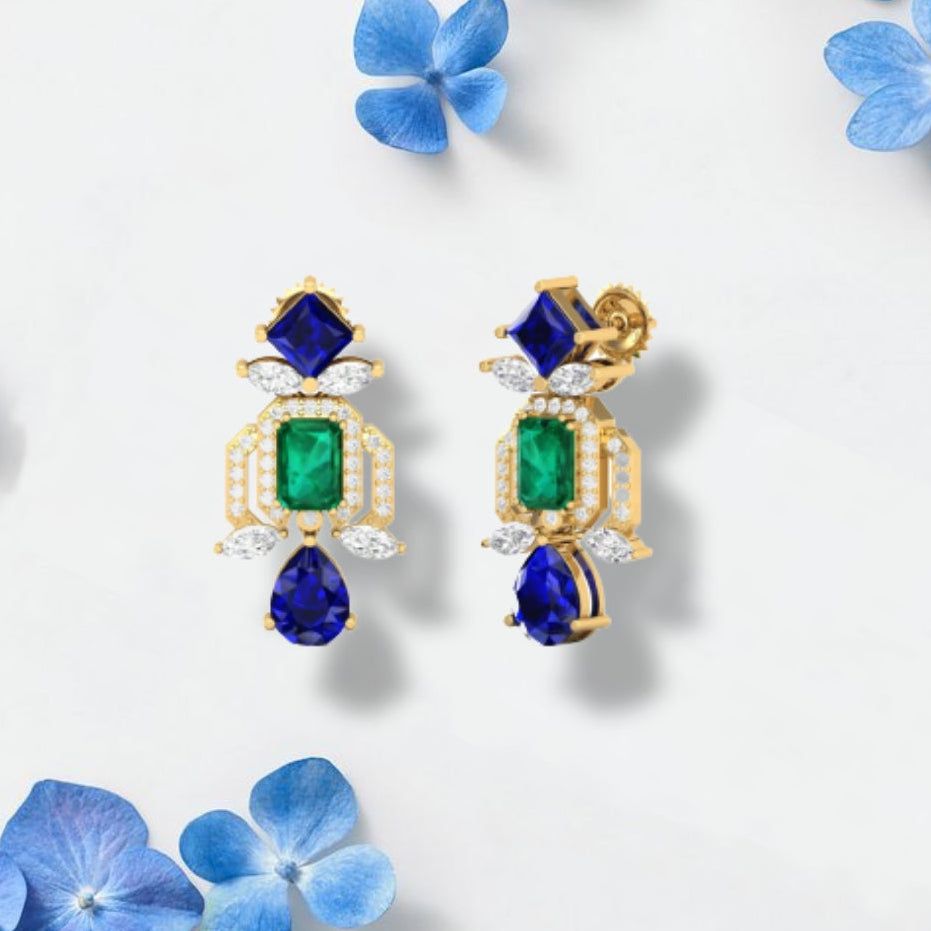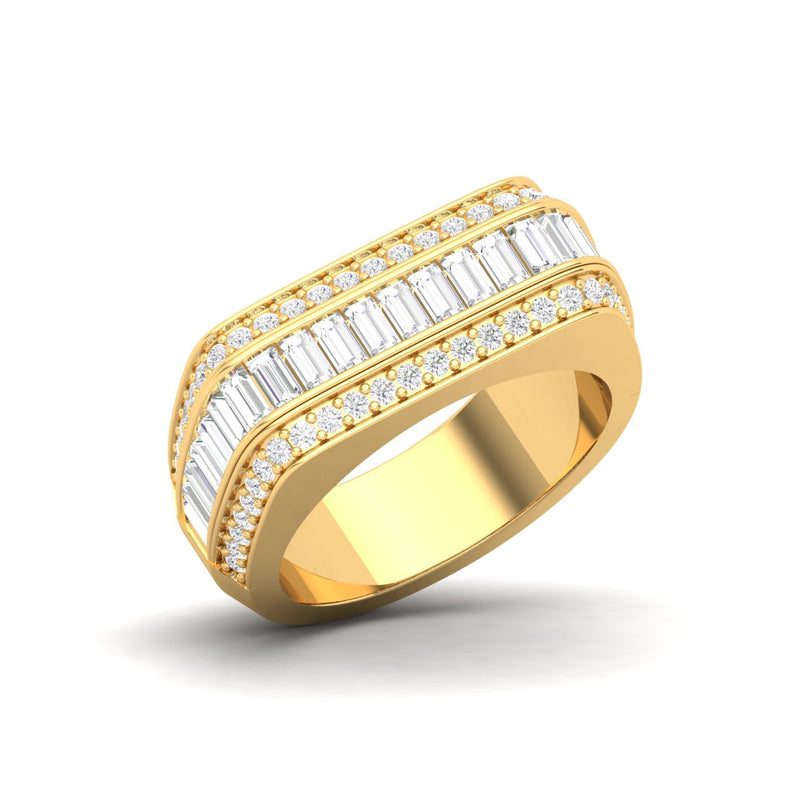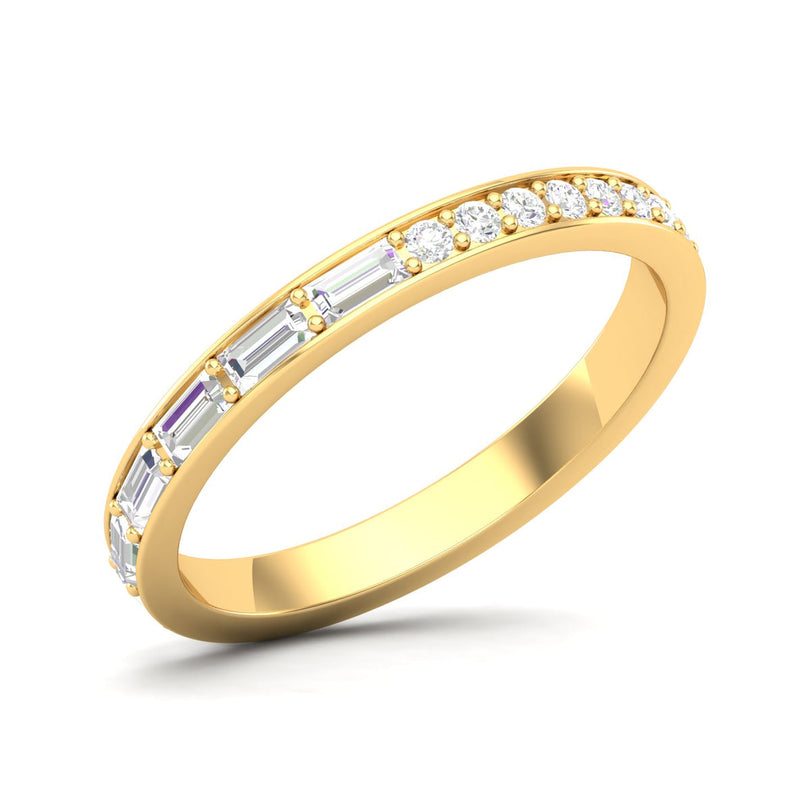July- Ruby
Rubies' crimson light paints the globe like liquid sunset drops imprisoned inside the Earth's core. All who dare to look into their blazing depths are captivated by the strange energy that pulses through their red colors. Each aspect has an unknown tale and a kaleidoscope of feelings dancing within its vivid center. The ruby speaks tales of bravery and passion, of love's searing intensity and the will to endure, like secrets spoken through time. The explorers and lovers alike are enticed to give in to its charm by its glittering surface, drenched in the ethereal glow of desire.
Overview
In the tapestry of July's embrace, the ruby takes its rightful place, an emblem of passion and power. As the sun reaches its zenith, casting golden rays upon the world, the ruby, with its mesmerizing crimson glow, stands as a testament to the fiery essence of life itself. It is a gemstone that stirs the heart, igniting a blaze within that burns with unrivaled intensity. In the realm of love, the ruby shines as a beacon of devotion and desire.
Its vibrant red hue symbolizes a love that knows no bounds, an ardor that transcends time and space. Like a flame that flickers in the darkness, the ruby's allure captivates the soul, inviting us to surrender to the intoxicating dance of passion and romance. Yet, the ruby is not merely a token of love's embrace. It carries within it the power to inspire and embolden. It is a talisman of strength and courage, urging us to embrace our inner fire and unleash our true potential.
Like a warrior's amulet, the ruby instills confidence and determination, reminding us that we are capable of overcoming any obstacle that stands in our way. In the heart of July, the ruby stands as a vibrant reminder to live life to the fullest, embrace the depths of our emotions, and pursue our dreams with unwavering fervor. It whispers of adventure and excitement, of seizing the day and embracing the possibilities that lie before us.
As July's birthstone, the ruby weaves its magic into the lives of those who are fortunate enough to call it their own. It is a gemstone that holds within it the essence of a thousand sunsets, casting a warm glow upon life's journeys and inspiring us to shine as brightly as the ruby itself.

Symbolism
At the core of ruby's symbolism lies its striking color. The deep, rich red hue evokes a sense of passion, love, and vitality. Throughout history, the ruby has been associated with the essence of life itself, representing the fierce intensity that pulses within us. It symbolizes desire, awakening our innermost passions and reminding us to live with ardor and purpose. The ruby's radiant crimson hue acts as a beacon, drawing us toward the experiences that make life meaningful and urging us to embrace the full spectrum of human emotions.
Beyond its association with passion, the ruby also carries a symbol of courage and strength. The gemstone's fiery energy serves as a metaphorical flame, igniting our inner bravery and fortitude. It emboldens us to face challenges head-on, encouraging resilience and determination in the face of adversity. The ruby stands as a talisman of power, reminding us that we possess the strength within to overcome obstacles and emerge victorious.
Throughout cultures and myths, the ruby has been revered as a symbol of royalty and nobility. Its regal qualities are often associated with leadership, authority, and prosperity. In ancient times, rulers would adorn themselves with rubies as a sign of their sovereignty and wealth. The gem's vibrant red color was believed to bring good fortune and protect against misfortune. Even today, the ruby remains a symbol of opulence and prestige, adorning crowns, jewelry, and ceremonial artifacts.
Properties
Hardness and strength
On the Mohs scale, ruby has a hardness of 9. This places it just below the highest-ranking mineral, diamond, which has a hardness of 10. The exceptional hardness of ruby is due to its composition of aluminum oxide (Al2O3) with traces of chromium that give it its distinctive red color.
Treatment
- Heat treatment may make ruby more translucent and brilliant by enhancing the red hue and removing any inclusions or cloudiness.
- Fracture filling may be performed on rubies that have obvious fractures or voids. This procedure injects something into the cracks to increase their clarity and visibility, such as glass or a resin-like compound.
- The gemstone's color is changed by the diffusion treatment, which might result in color zoning effects or a vivid hue. The consumer should be informed that diffusion-treated rubies are often less expensive than naturally colored stones.
- To change or improve the color of rubies, irradiation is a treatment technique.
Quality and grading
Color
Blood Red: This is the most prized and highly sought-after color for rubies. Blood red rubies exhibit a vivid, intense red hue reminiscent of the color of fresh, oxygenated blood.
Pinkish Red: Rubies with a pinkish-red hue have a delicate and feminine appearance. They exhibit a blend of red and pink tones, with a softer and more romantic feel compared to the boldness of blood-red rubies.
Purplish Red: Rubies with a purplish-red color display a captivating fusion of red and purple tones. This color variation adds a touch of depth and complexity to the gemstone, creating an alluring and mesmerizing effect.
Brownish Red: Rubies with a brownish-red color have warm and earthy undertones. These rubies may exhibit hints of brown, creating a deeper and warmer red coloration.
Clarity
When describing the clarity of a ruby, inclusions—natural flaws inside the gemstone—are considered either present or absent. Small cracks, crystals of minerals, or other materials that may have developed during the formation of the ruby are examples of inclusions. Like with other gemstones, the prominence and influence of these inclusions are used to evaluate the clarity of rubies.
Cut
Oval Cut: The oval cut is a popular choice for rubies. It features an elongated shape with rounded edges, similar to an egg or an elongated circle. The oval cut maximizes the carat weight of the ruby and accentuates its color and brilliance.
Round Brilliant Cut: The round brilliant cut is renowned for its maximum brilliance and light performance. While round cuts are more commonly associated with diamonds, they are also used for rubies to create a classic and timeless look.
Cushion Cut: The cushion cut is a square or rectangular shape with rounded corners, resembling a pillow or cushion. This cut highlights the ruby's color and can provide a vintage or romantic appeal.
Emerald Cut: The emerald cut features a rectangular shape with stepped facets that create a hall-of-mirrors effect. While this cut is more commonly associated with emeralds, it can also be used for rubies, giving them a sophisticated and elegant appearance.
Pear Cut: The pear cut, also known as a teardrop shape, combines the features of a round cut and a marquise cut. It has a rounded end and tapers to a point at the other end. This cut offers a unique and distinctive look, often used for pendants and earrings.
Marquise-Cut: The marquise cut has an elongated shape with pointed ends. This cut maximizes the size and carat weight of the ruby while accentuating its elegant and elongated appearance.
Princess Cut: The princess cut is a square or rectangular shape with sharp corners. It is characterized by its clean lines and brilliant facets, offering a modern and glamorous look for rubies.
Cabochon Cut: The cabochon cut is a non-faceted cut that showcases the ruby's smooth, polished dome surface. This cut is commonly used for rubies with asterism (the star effect) or when emphasizing color over brilliance.
Carat
The carat is a unit of weight used to measure gemstones, including rubies. One carat is equivalent to 200 milligrams or 0.2 grams. The carat weight of a ruby refers to the actual mass of the gemstone and is an important factor in determining its value.
Care instructions
- Keep your rubies away from strong solvents, chlorine, and household cleaners. These compounds have the potential to harm the gemstone or change its purity and color.
- When engaging in activities where there is a chance of impact or injury, avoid wearing rubies.
- To prevent contact with any harder materials, it's preferable to keep them in a soft pouch or a jewelry box with a cloth lining.
- If required, you can remove oils or grime gently using a soft brush and a light soapy solution (diluted in warm water).
- Think of having a jeweler periodically examine and polish your rubies properly.
- Do not subject them to unexpected temperature changes or intense heat, such as hot water or sunshine.
- To improve their beauty, certain rubies have treatments.








